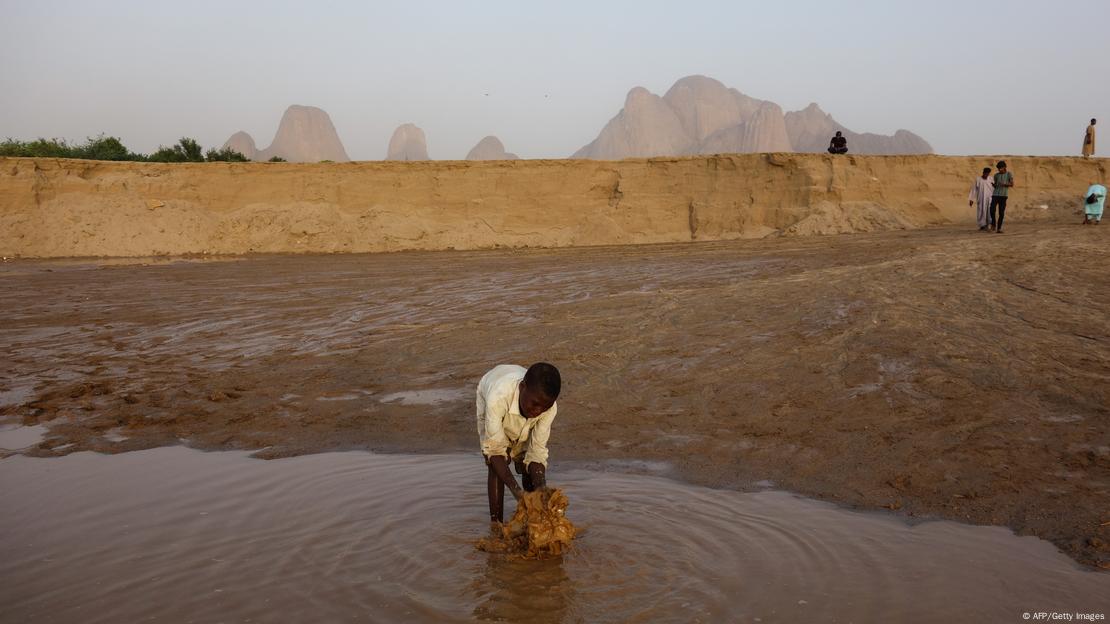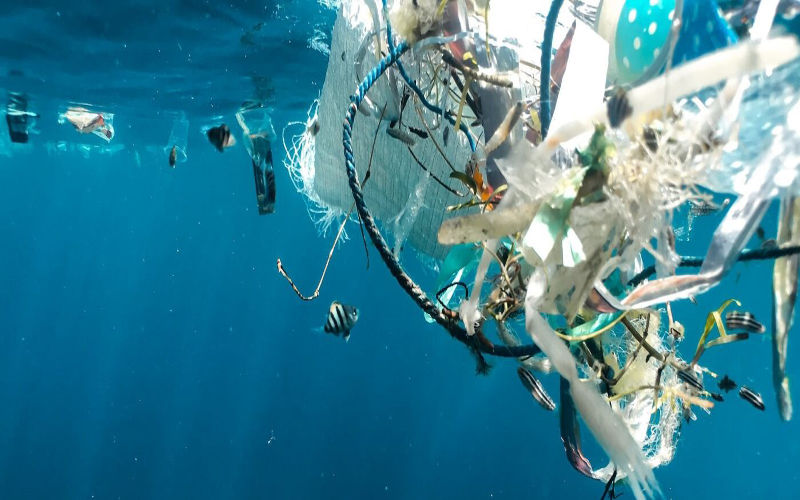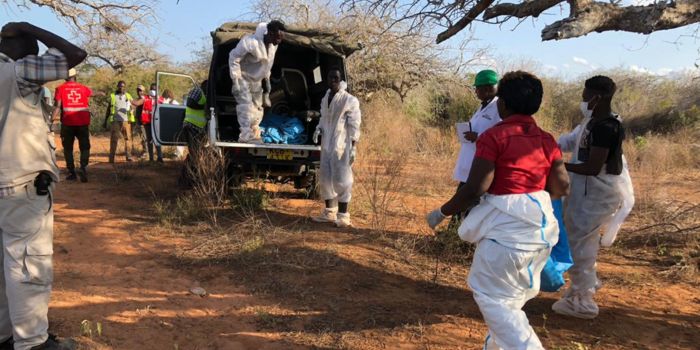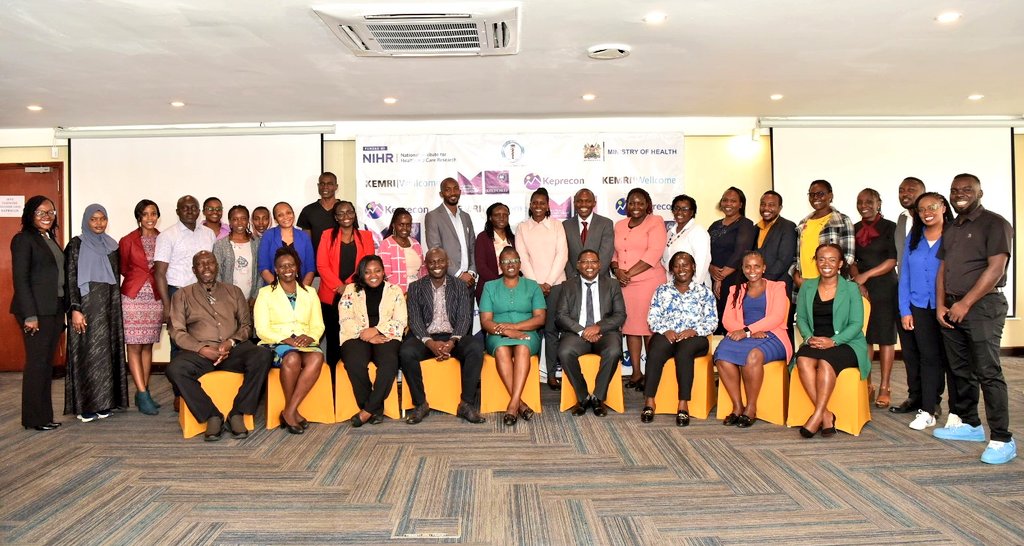Half the world lacks access to safe drinking water

4.4 billion people is more than double the estimates made by The World Health Organization (WHO) in 2022.
A new report shows 4.4 billion people across the world have no access to safe drinking water, more than double many previous estimates.
Well over half the world's population — 4.4 billion people — cannot access safely managed drinking water, a new study has shown.
More To Read
- Kenya officially eliminates sleeping sickness as public health threat, WHO confirms
- Africa’s push for HIV independence advances with first procurement of locally made medicines
- How fake medication is a problem across the world
- Mombasa leads Kenya’s mpox outbreak as MoH, WHO step up response
- Calls for safety awareness as world marks Drowning Prevention Day
- Vegetable intake low in Kenya amid growing health concerns
4.4 billion people is more than double the estimates made by The World Health Organization (WHO) in 2022.
But the report only examined access to clean water in low and middle-income countries, meaning the figure would likely be greater once poor access in higher-income countries is accounted for.
"The information which we have points towards very high rates of contamination," said lead researcher Esther Greenwood from ETH Zurich, Switzerland.
The new figures come from more sophisticated methods to collect data about water contamination.
The risks of drinking contaminated water
Unsafe drinking water has a risk of causing a variety of severe water-borne diseases like cholera, dysentery, typhoid, and less severe diseases like norovirus.
To be considered "safely managed", water must be available on demand, on-premises and contaminant-free, and designed to deliver safe water.
The majority of those without access to such services are limited by likely faecal contamination,according to the research published in the journal Science.
Greenwood's study was conducted to plug existing data gaps. Satellite observations and household survey information were analyzed using artificial intelligence to define areas of safe and unsafe water access.
As well as representing more than half the global population, the 4.4 billion people who don't have access to safe drinking water account for two-thirds of those living in low and middle-income countries.
Greenwood says the findings are conservative as the data are samples taken on a single day rather than over extended timescales.
"It could actually be that the numbers are even higher," she said.
South Asia and Sub-Saharan Africa are most affected
Other Topics To Read
The analysis considered human and environmental impacts that limited safe water access across the UN's 22 geographic subregions.
It predicted 1.2bn people living across India, Afghanistan, Bangladesh, Bhutan, Iran, the Maldives, Nepal, Pakistan and Sri Lanka — more than half of the region's population — were not using safe managed drinking water.
But South Asia fares better than others on a per capita basis.
More than 80% of people living in Sub-Saharan Africa — a region covering more than 1.1bn people — cannot access safe managed water.
So too, regions across Oceania (excluding Australia and New Zealand) and Southeast Asia, where around 75% are affected.
About half of these populations may be exposed to contaminated drinking water, according to the study.
E.coli used as a contaminant indicator, but it's not the only concern
The analysis used E.Coli bacteria as a proxy indicator for contamination.
E.coli are associated with diarrhoea-related diseases and often result from exposure to contaminated food and water. While healthy adults usually experience mild symptoms and recover quickly, children and older people are at risk of developing kidney failure and death.
Water contaminated with E.Coli caused a norovirus outbreak in Italy this summer and caused several athletes to get sick after swimming in the River Seine during this year's Olympic games.
"We're not directly interested in E.coli as we're not suspecting that all E.coli is pathogenic. It's rather an indicator that there could have been recent fecal contamination and that worries us because in feces there's a high risk of having other pathogens spread," said Greenwood.
Contaminants from groundwater and industry
E.coli is not the only potential cause of water contamination. While not included in this study, arsenic and fluoride levels are also used to monitor chemical contamination in water.
Both are naturally occurring substances, and excessive consumption can be toxic.
A 2023 study estimated around 100 countries were affected by fluoride contamination(exceeding 1.5mg/L) in their groundwater.
The same researchers found that 230m people — mostly in Asia — were at risk of arsenic-contaminated groundwater contamination.
While contaminants can be naturally occurring — more than 80% of both fluoride and arsenic groundwater contamination is attributed to geological processes — industrial use of chemicals and coal burning can also contribute to water contamination.
"It seems that more households are affected by E.coli contamination than by chemical contamination. But I think that chemical contamination has different implications for people's health. It's something which would also need to be further investigated," Greenwood said.
One in two people suspect their water is harmful
People's access to safe drinking water is dependent on their local geographic, sociocultural, and economic situation as much as it is which country they live in.
People in poorer rural areas often have the greatest difficulties in accessing clean water. Almost 500 million people worldwide collect water from unprotected wells, rivers, ponds, and lakes, the WHO estimated in 2022.
Data also shows people living in towns and cities with low incomes, or informal or illegal settlements, also have less access to improved sources of drinking water compared to other residents.
Global trust in water safety is low, with another study showing that 1 in 2 people believe their drinking water sources could cause serious harm if consumed.
"It's not enough to have water flowing through the taps. People need to trust their water," said study lead Sera Young, an anthropologist from Midwestern University, Illinois, US.
Improving water infrastructure is only part of the picture to improve water sanitation. Young said that frequent and open-access water testing is needed to help people trust their water supply.
That means "making the water quality tests public and making those test results easy to understand and even putting tests into people's hands so they can test for contaminants of concern," she said.
Top Stories Today















































